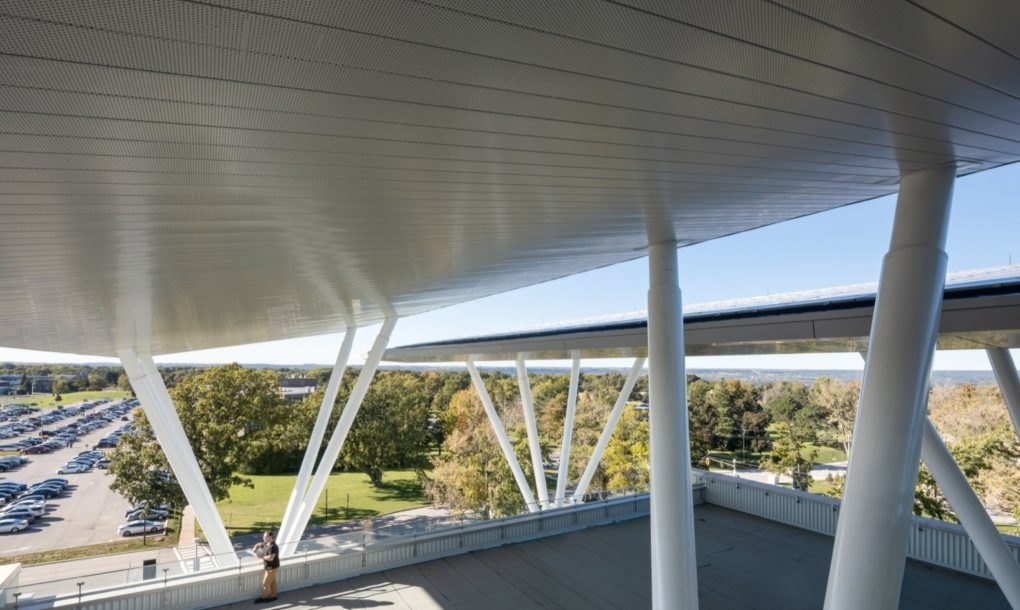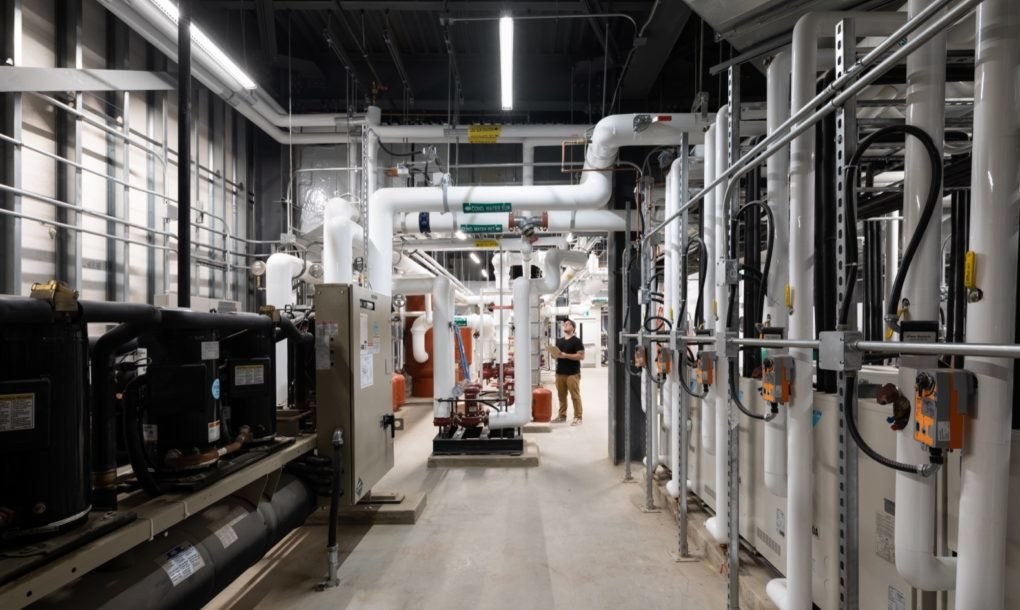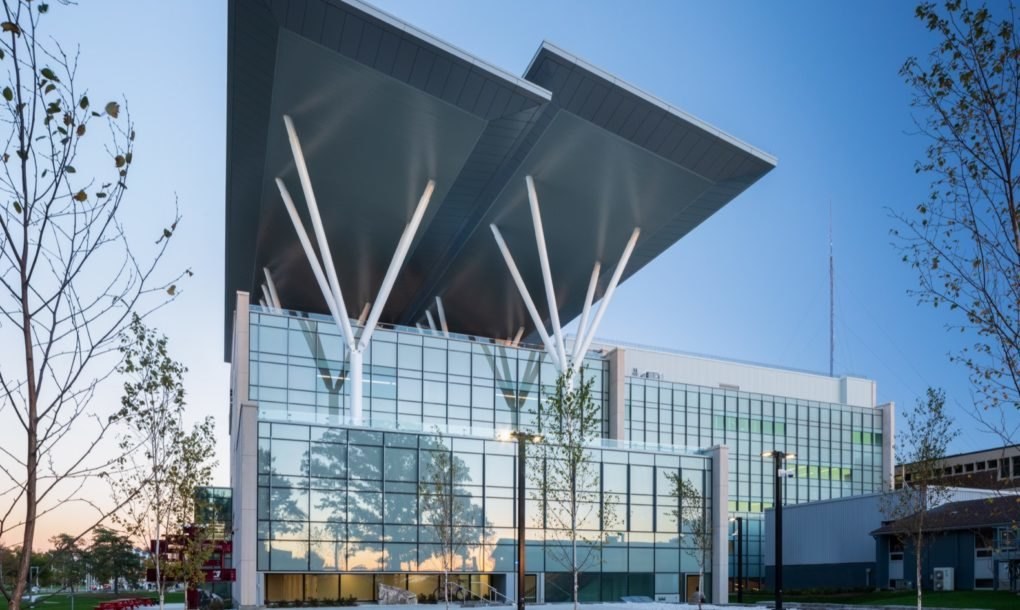Article: Canada’s largest net-zero energy college building opens in Ontario

Article originally posted on Inhabitat's website on December 11, 2018.
The Canadian port city of Hamilton in Ontario has recently welcomed its first net-zero energy institutional building — the new Joyce Centre for Partnership and Innovation at Mohawk College’s Fennel Campus. Architecture and engineering firm mcCallumSathercollaborated with B+H Architects to design the striking solar-powered building, which has also been billed as the largest net-zero energy institutional building in Canada. Conceived as a living lab on sustainability, the Joyce Centre for Partnership and Innovation will also be the future home to the Centre for Climate Change Management.

Spanning an area of 96,000 square feet, the $54 million Joyce Centre for Partnership and Innovation boasts state-of-the-art research, learning and lab facilities all powered by solar energy. To minimize reliance on artificial lighting, the architects organized the building around a large, light-filled atrium that also doubles as a social activator and central hub. The classrooms, co-working spaces and laboratories that branch off of the atrium are modular for flexible environments. All materials used in the contemporary interiors — from the steel and concrete to the timber and stone tile — were locally sourced.

The building is also the first out of 16 selected buildings in Canada completed under the Canada Green Building Council’s (CaGBC) new net-zero carbon pilot program. Students will also be trained on best energy practices and learn how to interpret the building’s real-time energy performance data to help the Joyce Centre for Partnership and Innovation meet its net-zero energy targets.

The building is powered with 2,000 solar panels installed on a set of “wings” elevated above the four-story structure with dramatic overhangs that give the Joyce Centre for Partnership and Innovation its signature shape. The overhangs also provide shade and protection to the outdoor terraces. In addition to the solar panels and optimized building envelope, the net-zero energy building is also equipped with 28 geothermal wells, a rainwater harvesting system capable of storing up to 342,000 liters as well as occupancy sensor-controlled heating, cooling and LED lighting.